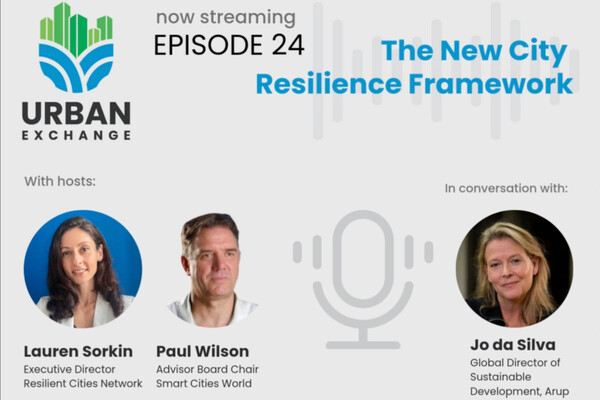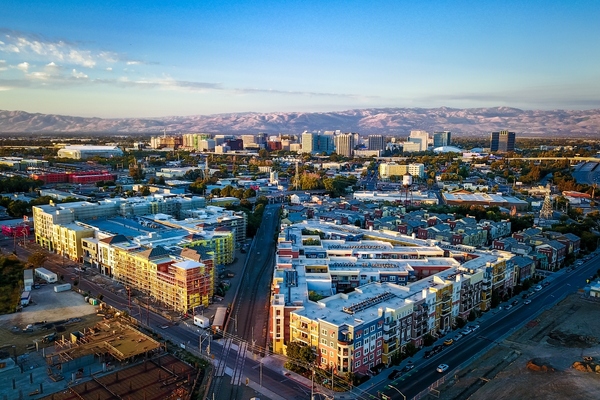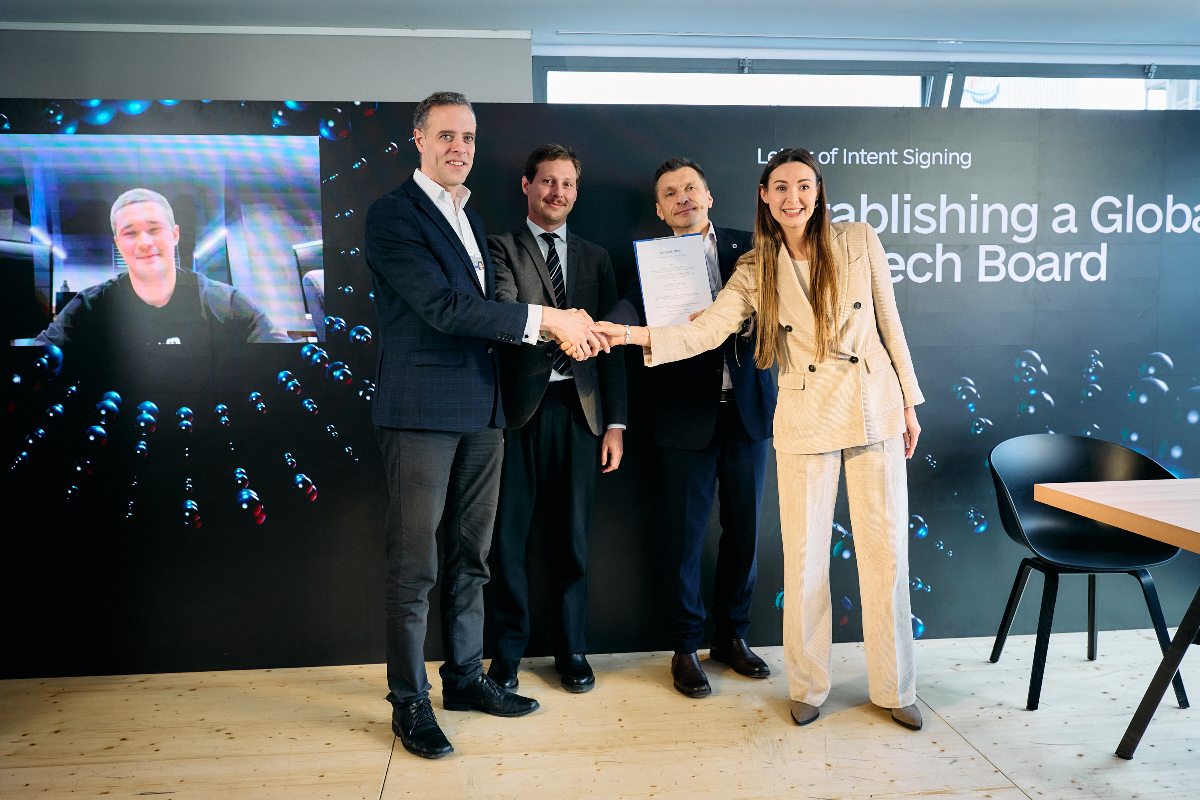Special Reports
SusHi Tech Tokyo 2024: experience ‘Tokyo 2050’ todaySponsored by The SusHi Tech Tokyo 2024 Showcase Program Executive Committee
The future of smart city technology
Sponsored by HuaweiAI can combine with massive amounts of data to transform how a city operates, writes Huawei’s Nadim Abdulrahim.
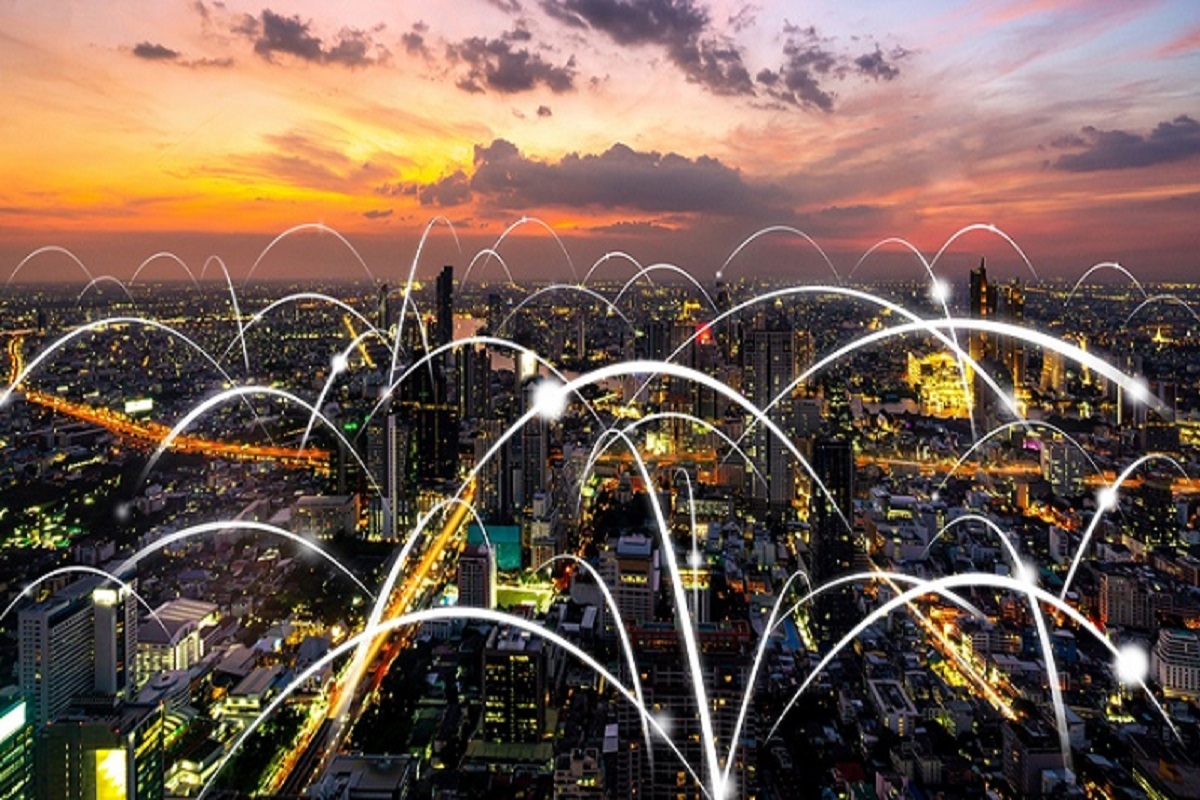
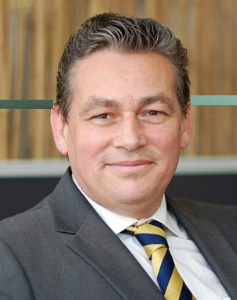
More than half of the world’s population has been lured by the pull of cities – the attraction of increased prosperity, employment, opportunity, education and entertainment has been too good to turn down. City planners and entrepreneurs have helped fuel this by building essential services and businesses for citizens, leading to the rapid expansion of urban areas.
This in turn has resulted in the likes of sustainable development goals, upgraded zoning, smart density and smart technology being used to accommodate the changing demands of the citizen. But the onset of a ’black swan’ pandemic crisis has exposed the quality of governance, scale of inequalities and the ability for cities to adapt to unexpected events overnight.
What has been exposed by the Covid-19 crisis is that the historic independent silo development of many city departments – be it public safety, health care, e-government, communications, transportation, power and water, municipal services, environmental and logistics – have not been able to collaborate and adapt fast enough to protect their citizens. The digital transformation of city services is required, where information and situational awareness is readily available from all required sources in near real-time to make informed decisions.
Many city departments have not been able to collaborate and adapt fast enough to protect their citizens
The digital transformation of a smart city today would follow the concept of ’Device – Pipe – Cloud – Application’. Devices collect data; the pipe delivers the data over the transportation infrastructure to the cloud where it is stored, classified and cross-correlated and made available for processing by applications for visualisation to make informed decisions. This is a simplified model, but can be applied to any vertical in a smart city, the key being a collaborated cloud-based digital platform which has access to all the data in a ’data lake’ based on classification for adaptive processing and decision making.
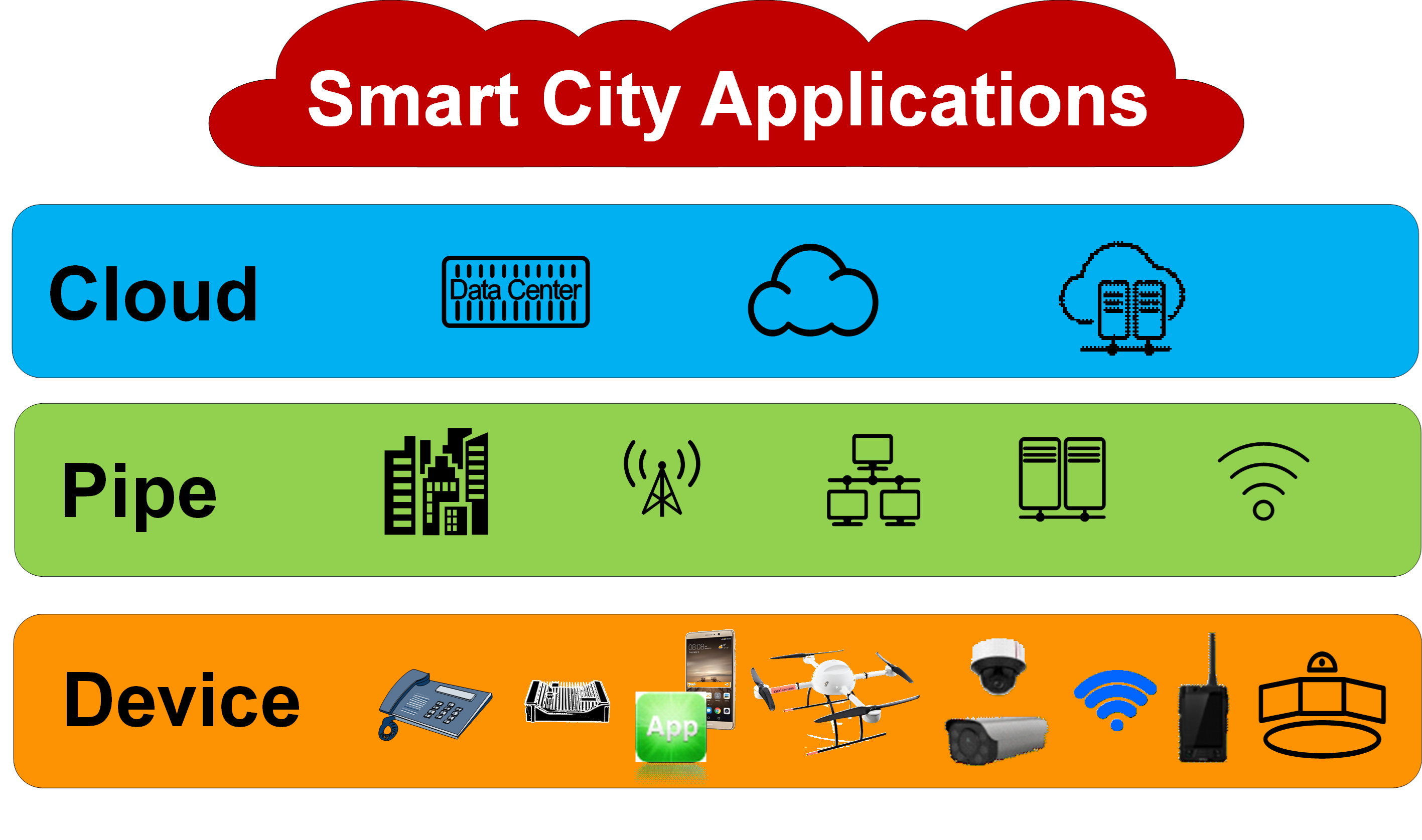
One of the cities where Huawei has adopted these principles to develop a smart city solution is the Royal Commission of Yanbu in Saudi Arabia. A multi-phase approach was adopted, starting with the infrastructure connecting devices from various sub-systems including traffic, surveillance, smart lighting, help points, parking and environmental monitoring, to mention a few. Further phases have concentrated on the digital platform to provide an effective collaborative municipal administration, high-quality public services and generate sustainable economic development. The Yanbu Smart City Project won the prestigious ’Data and Technology Award’ at the Smart City Expo World Congress 2017 in Barcelona.
Why the cloud is central to a successful smart city
Cities have many existing systems per department that cater for their respective services, and these can be migrated in a phased approach to the cloud. The first phase would be upgrading the infrastructure to enable device connectivity and the exchange of information between the government entities. A second phase would be to create a shared digital platform in the form of a hybrid cloud that caters for private and public needs. The benefits of a cloud environment are plentiful, including sharing of information, sharing resources, load balancing, higher availability, cloud computing, single monitoring and maintenance operations, elastic scalability and reduced total cost of operations.
Furthermore, one of the most powerful additions is the ability to improve the quality and productivity of paperless services by introducing automation of processes, and specifically automated services enhanced with artificial intelligence (AI). By adding AI to the ‘Device-Pipe-Cloud-Application’ model at every level, we enable intelligent interaction of devices, intelligent redundant and self healing connectivity, feeding data to an intelligent cloud hub for data processing providing an intelligent twin for a new chapter of smart city evolution.
Cities’ existing systems can be migrated in a phased approach to the cloud
One of the services that Huawei provides on Huawei Cloud Services (HCS) is adapting artificial intelligence capabilities to a customer’s specific requirements, by training the need on the online cloud and then inferencing the adapted algorithm on edge-based neural computing technology. We refer to this as Enterprise Intelligence (EI). There are dozens of pre-trained humanlike engagement application protocol interface (API) algorithms that can be combined to create and train the customer’s specific intelligence routines required in a smart city and for any vertical industry. Some of these APIs include image recognition, optical character recognition, natural language processing, speech to text and vice versa, image search, and video content review. Once trained on customer-provided data, these algorithms are applied for their intended use on site at the required level of the intelligent twin smart city.
One example of how intelligent twin smart cities can be used effectively is in intelligent traffic management. By collecting enough data using various sensors from all main traffic arteries in a city, an intelligent digital twin model of traffic flow is created in near real-time and is then managed to optimise efficiency. This has been successfully implemented in the megacity of Shenzhen in China, reducing average congestion time by 12 per cent and increasing average vehicle speed by six per cent during rush hour, furthermore reducing emergency services travel time to incidents by 40 per cent by creating green channels.
Other examples of how it can be used include automated visual garbage sorting using robots, visual inspection of power transmission lines using drones equipped with cameras, autonomous robots that patrol the city for public safety and municipality visual inspection data collection. All EI implementations are aimed at improving productivity, efficiency, quality and safety of services and should always include an ethical checking process for bias, liability and inequality.
Data’s richness
The key to a transformational smart city is to make use of the massive amounts of data available to help the AI-assisted digital platform make informed decisions. By successfully tapping into this data, a city can provide situational awareness, automate and optimise the productivity of repetitive processes, enable forecasting and prediction models, and simulate intelligent digital twin environments for optimal management. The user interface to visualise all this information is the Intelligent Operation Centre (IOC) application using a 3D geographical information system and augmented reality to provide an interactive dashboard of all activity and statistics.

Other than applying the simplified principle of Device-Pipe-Cloud-Application mentioned earlier, the critical technical components of the smart city of the future are simple: Artificial Intelligence, Big Data and Cloud (ABC) combined with 5G as the transportation medium. Together these provide the digital transformation requirements of the future. This enables a smart city to become a perfect testbed for innovations based on a digital cloud-based platform that is agile and adaptable to volatility, uncertainty, complexity and ambiguity – the so-called VUCA principles that might become the new norm. Priorities include following sustainability development guidelines, prioritising circular economics, climate change resilience, and intolerance of inequality.
Now that so many of us have created new remote working or studying routines via countless teleconferences, we may start to see an exodus from the city to more rural environments. While it is impossible to predict what the new normal will be, it may well be reverse urbanisation. The question is not if cities will continue to thrive, but whether we will have the imagination and vision to digitally transform cities and bring about the safer, more sustainable, intelligent, adaptable and resilient way of life we have needed all along.
Find more information about Huawei’s solutions for public services, click here.
About the author:
Nadim Abdulrahim, Global Government Industry Expert, Huawei Enterprise Business Group Middle East
As an industry leader in government and public safety, Mr. Abdulrahim is a Global Government Industry Expert at Huawei on the use of Information and Communication Technologies (ICT) to enable governments, emergency services, city authorities and other government organizations to prepare, prevent, detect, respond and recover quickly and effectively from threats to public safety. He is a well sought after solution specialist, using his vast design experience to digitally transform challenging customer requirements into workable mission critical solutions that can be utilized to make communities and cities safe and secure.






